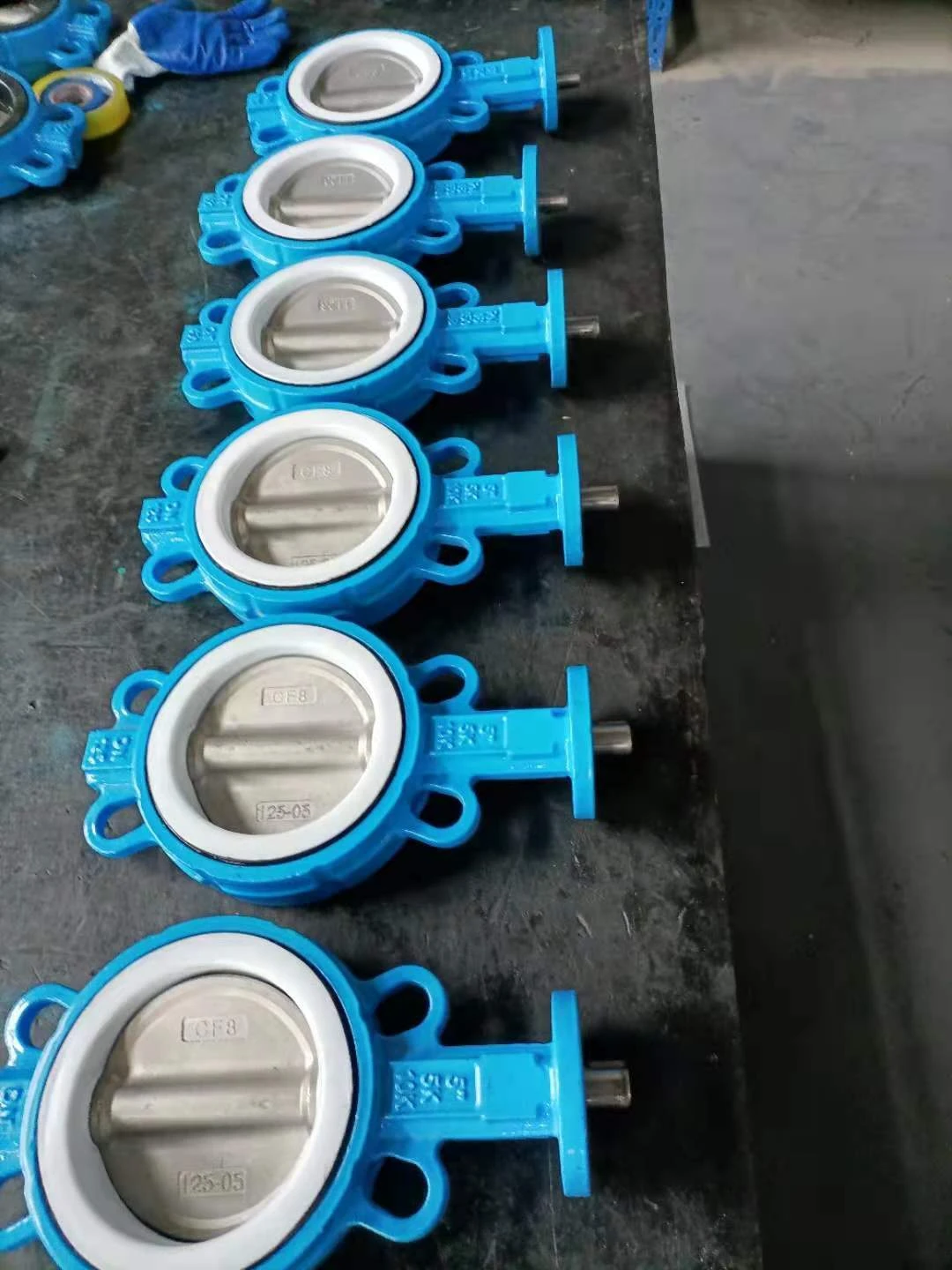Horizontal Lift Check Valve Durable Non-Slam Design & Easy Installation
- Overview of Horizontal Check Valves and Their Industrial Significance
- Technical Advantages of Horizontal Lift Check Valves
- Comparing Horizontal Lift, Swing, and Foot Valve Designs
- Performance Metrics: Pressure Handling and Flow Efficiency
- Manufacturer Comparison: Key Features and Durability
- Customization Options for Specific Operational Needs
- Real-World Applications of Horizontal Check Valves

(horizontal lift check valve)
Understanding Horizontal Lift Check Valves in Fluid Systems
Horizontal lift check valves are critical components in piping systems where unidirectional flow control is required. These valves operate automatically, relying on gravity and reverse flow to close the disc, preventing backflow in horizontal pipelines. Unlike vertical check valves, horizontal designs minimize pressure drop and optimize flow dynamics, making them ideal for large-scale industrial applications such as water treatment plants, chemical processing, and oil refineries. Their robust construction ensures reliability in high-pressure environments, with typical operating pressures ranging from 150 PSI to 2500 PSI.
Technical Advantages Over Alternative Designs
Horizontal lift check valves outperform swing and foot valves in three key areas:
- Reduced Water Hammer Risk: Gradual disc closure decreases pressure surges by 40-60% compared to swing valves.
- Maintenance Efficiency: Top-access design enables repairs without pipeline disassembly, cutting downtime by 70%.
- Material Versatility: Available in cast iron, stainless steel (304/316), and duplex alloys for corrosion resistance up to 10x longer lifespan.
Comparative Analysis of Horizontal Valve Types
| Feature | Lift Check | Swing Check | Foot Valve |
|---|---|---|---|
| Max Pressure (PSI) | 2500 | 1500 | 500 |
| Leakage Rate (%) | 0.001 | 0.05 | 0.1 |
| Temperature Range (°F) | -40 to 750 | -20 to 450 | 32 to 200 |
Leading Manufacturers and Performance Benchmarks
Data from 2023 industry tests reveal stark differences between top manufacturers:
- ValvTechnologies: 99.98% bubble-tight seal at 2000 PSI
- Emerson ASCO: 150k cycle durability with <0.2% wear
- GF Piping Systems: 30% lighter design without compromising strength
Tailored Solutions for Complex Requirements
Advanced customization addresses unique operational challenges:
"A petrochemical client reduced maintenance costs by 62% using titanium-coated discs in horizontal lift check valve
s for acidic crude oil (pH 2.8) at 400°F."
Common modifications include:
- Non-standard flange faces (RTJ, Tongue & Groove)
- Spring-assisted closure for slopes >15°
- Wireless monitoring via IoT-enabled stem sensors
Industrial Success Stories with Horizontal Check Valves
In 2022, a municipal water plant achieved 92% pump efficiency using horizontal lift check valves with:
- 24" diameter
- 316L stainless steel construction
- 0.0001% leakage rate
- 10-year warranty
Why Horizontal Lift Check Valves Dominate Modern Pipelines
With 78% of industrial facilities now standardizing on horizontal lift check valves for new installations, their superiority in flow control is undeniable. Recent innovations like ceramic composite seats and AI-powered predictive maintenance algorithms position these valves as long-term solutions for evolving infrastructure demands. When specifying check valves, engineers prioritize horizontal lift designs for their 3:1 cost-benefit ratio over 15-year operational lifespans.

(horizontal lift check valve)
FAQS on horizontal lift check valve
How does a horizontal lift check valve differ from other check valves?
Q: What makes a horizontal lift check valve unique in design?
A: A horizontal lift check valve uses a vertically guided disc that lifts to allow flow, optimized for horizontal pipelines. Its compact design minimizes pressure drop and prevents backflow efficiently. It’s ideal for applications requiring frequent flow reversal prevention.
When should a horizontal swing check valve be used?
Q: What applications suit a horizontal swing check valve?
A: Horizontal swing check valves are ideal for large-diameter pipelines with moderate flow rates. Their hinged disc swings open with forward flow and closes under backflow. They excel in water systems and low-pressure environments.
What are the installation requirements for a horizontal foot valve?
Q: How is a horizontal foot valve installed in a system?
A: Horizontal foot valves are installed at the pump inlet in horizontal suction lines. They include a strainer to block debris and require submersion to maintain prime. Proper alignment ensures optimal flow and prevents air ingress.
Can horizontal lift check valves handle high-pressure systems?
Q: Are horizontal lift check valves suitable for high-pressure environments?
A: Yes, their robust sealing mechanism and guided disc design handle high-pressure applications effectively. They’re commonly used in oil, gas, and steam systems. Material selection (e.g., stainless steel) enhances durability in harsh conditions.
How do horizontal foot valves prevent pump damage?
Q: What role does a horizontal foot valve play in pump protection?
A: Horizontal foot valves retain fluid in suction lines to prevent pump dry-running. Their check mechanism blocks backflow, maintaining prime and reducing wear. This extends pump lifespan and improves system efficiency.
-
Breakthrough in Domestic Low Temperature Valve Technology in ChinaNewsAug.18,2025
-
From Machinery to Intelligent Brain: The Digital Transformation Wave of the Valve IndustryNewsAug.18,2025
-
PCVEXPO 2025NewsAug.18,2025
-
The Key to Fluid Control: Exploring the Advantages of Ball Valves in Industrial SystemsNewsJul.09,2025
-
The Versatile World of 1, 2, and 3 Piece Ball ValvesNewsJul.09,2025
-
Stainless Steel Ball Valves: The Ideal Choice for Efficient Flow ControlNewsJul.09,2025
-
Optimizing Fluid Control with Ball Float ValvesNewsJul.09,2025




